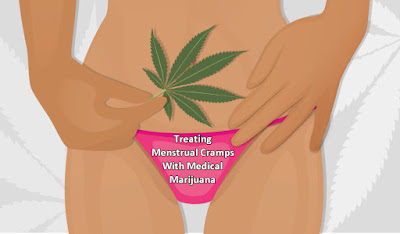CBLA is another precursor to another cannabinoid called cannabicyclol, which is a degenerative result of the addition of the other Phyto cannabinoid cannabichromenic acid (CBCA). When the CBLA is able to release carbon dioxide, it becomes CBL, and it’s another minor cannabinoid which is found in much lower concentrations. Right now, there isn’t a ton of therapeutic benefits that come with CBLA and CBC, but there is a suggestion that since it’s so similar to CBN in terms of structure, it might be anti-microbial, anti-inflammatory, and anti-tumoral in results, but right now, there still needs to be some confirmation.
CBLA is not intoxicating, and it’s not psychoactive, so it’s something that doesn’t really affect the mind, and it also doesn’t interact with your cannabinoid receptors. This is not created directly through the use of cannabis and is something that does degrade when you expose the cannabis to heat that’s light, or UV light. This is an interesting molecular formula, and it does become this after the decarboxylation of the CBLA in the compound.
The potential Uses
Right now, there is almost no research on the potential uses of CBL and CBLA, but right now, that’s pretty much where scientist are trying to go with this. It does pose a problem, as most research doesn’t look at the potential that this has, and it’s something that’s relatively rare, and is only found in certain concentrations, so in most cases, it’s hard to look at the effects of this.
Right now, neither of these do offer affinity for both the CB1 and the CB2 receptors, and it doesn’t interact directly with your ECS. But it does combine with other terpenes, cannabinoids, along with flavonoids in order to create the entourage effect.
It also is something that may be useful if you look at the therapeutic benefits of this. It does have a similar structure to CBN, which is another compound that has antimicrobial, anti-inflammatory, and antioxidant benefits that do come from this.
Any potential side effects
The thing is, because there is so little research, there is almost nothing on the effects that are there. Those that are decarboxylated are something that may possibly cause convulsions in some rabbits, especially at higher doses. However, the study of this was so small that they didn’t find anything that may pose a threat to humans in this, and this is something that’s a natural anticonvulsant in those who do have this.
Strains that work
CBLA is not a cannabinoid that you see in the wild a lot, so you’re not going to find any strain out there with super high concentrations of this. However, because it is a biproduct of the CBDA degradation, you might want to find some cultivars that are super high in both CBCA and CBC, which include the following:
Blue Cadillac
Blue cherry soda
Maui dream
Bubba cookies
Purple candy
Although this isn’t the biggest list, remember that this is something that does help to protect your plant from diseases and harmful UV rays that are out there, and it’s something that we don’t know much about what the cannabinoid in it of itself does directly to humans.
Right now, it’s neither heads nor tales of whether or not it’s something that you should worry about using in humans, and it’s also something that can definitely be up in the air on benefits.
For those who are curious about this, it’s important to look at the potential that this has, and to see for yourself, just what exactly this compound can do.




.png)



.jpg)





